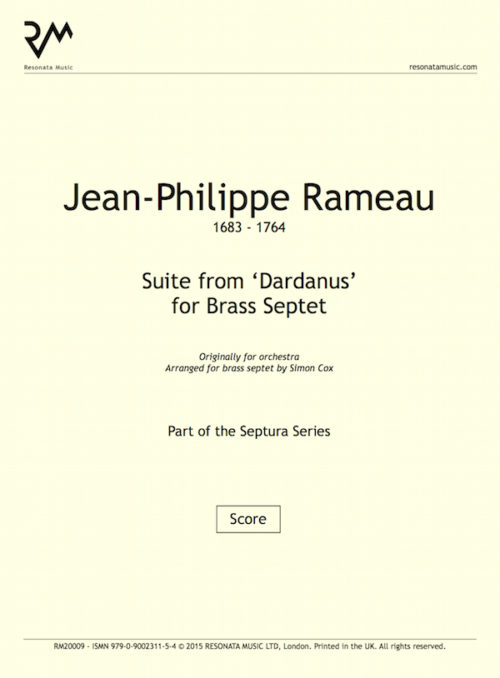Description
Perhaps more than any other composer of the Renaissance, Gabrieli’s music—the culmination of the Venetian school—was hugely influenced by the space for which it was written: St Mark’s Basilica in Venice. Gabrieli was Venetian born and bred, and lived there for his entire life, aside from a period of study with Lassus in Munich. Both Lassus and Gabrieli’s uncle Andrea (his predecessor as Principal Composer at St Mark’s) had a huge influence on his musical style; but the building itself was the root of many of his innovations. The balconies that housed choirs, facing each other, provided the perfect conditions for the development of an antiphonal polychoral style. This unusual layout allowed Gabrieli to experiment with dynamics and instrumentation: he is often (and probably apocryphally) credited with ‘inventing’ the specific notation of both; certainly he used the unique space of St Mark’s to develop a large dynamic range, and specified groupings of instruments—brass and strings, alongside choirs—which may have been impossible elsewhere.
Gabrieli had at his disposal the Doge’s personal piffari, a permanent group (from 1568) of wind players—cornetts and sackbuts—plus a couple of violins and violas for variety of colour. Not only did he use this group of virtuosi to double the vocal lines in some choral works, but he also composed canzonas—purely instrumental pieces—that would have taken the place of parts of the Mass in the liturgy, of which this is one. This edition is for 3 trumpets and 3 trombones and features ‘diminutions’—florid ornamentation of their lines—based on a treatise by Girolamo Dalla Casa, the capo de’ concerti in St Mark’s.
Matthew Knight
Parts included:
- Score
- Trumpet in E-flat
- Trumpet 1 in B-flat
- Trumpet 2 in B-flat
- Trombone 1 (Alto)
- Trombone 2
- Trombone 3 (Bass)
Purchasing this product entitles you to download it three times. You will receive an email with a link to download your files upon completing payment.










